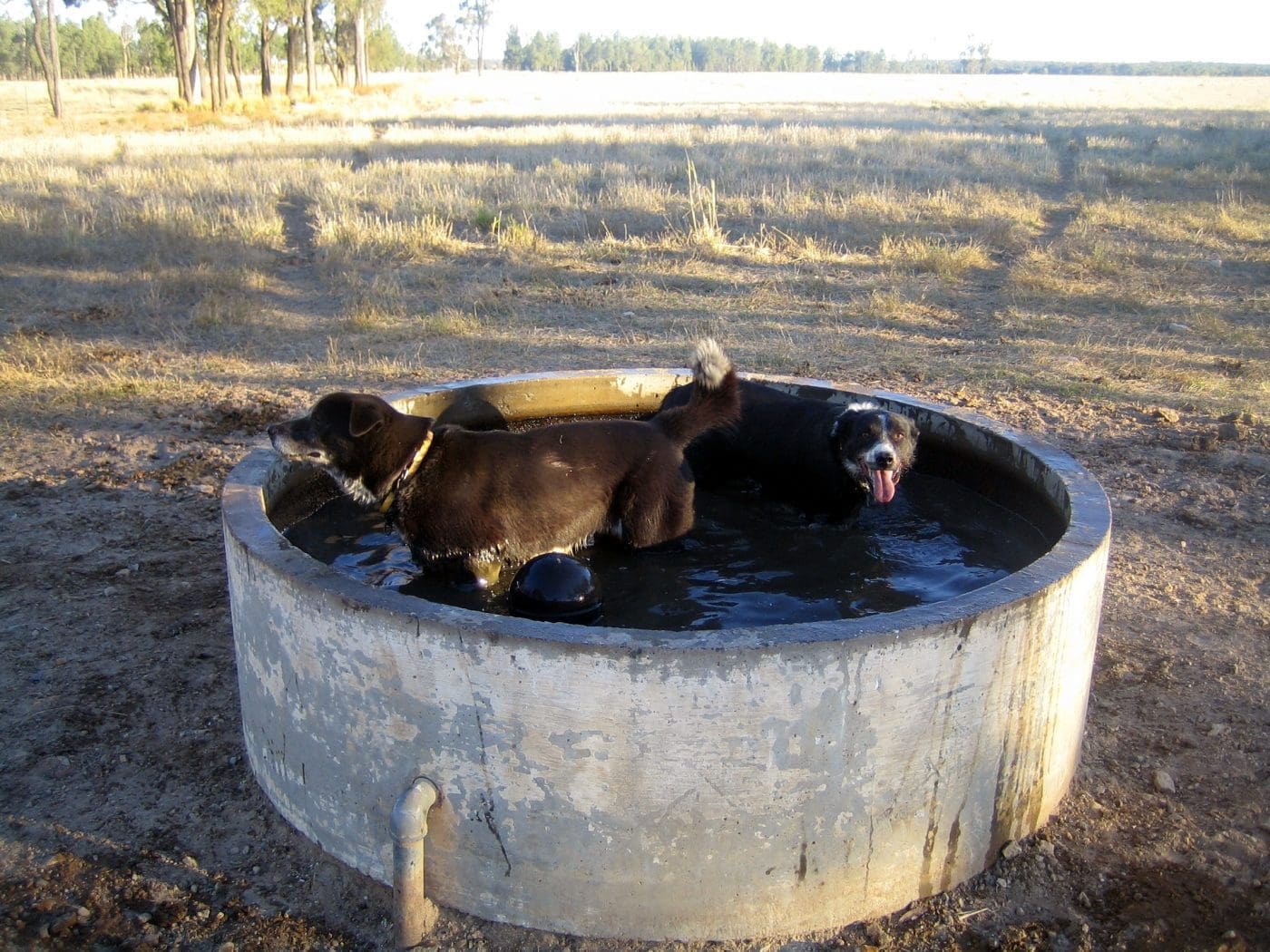BIOSECURITY Queensland is undertaking surveillance to determine whether ehrlichiosis is present in Queensland dogs, following detections of the tick-borne disease in dogs in Western Australia and the Northern Territory.
Dog owners and veterinarians are being urged to help keep dogs safe from ehrlichiosis and to report suspected cases immediately to the Emergency Animal Disease Watch Hotline on 1800 675 888.
Dog owners and veterinarians are being urged to help keep dogs safe from a tick-borne disease recently detected for the first time in Australia.
Queensland’s Chief Veterinary Officer Dr Allison Crook said ehrlichiosis had recently been detected in dogs in Western Australia and the Northern Territory.
“Ehrlichiosis, which occurs worldwide, is a tick-borne disease caused by the bacteria Ehrlichia canis (E. canis),” Dr Crook said.
“Dogs become infected with E. canis after being bitten by an infected tick, typically the brown dog tick which is common in most areas of Australia, including Queensland.
“Although infected dogs do not directly transmit the disease to other dogs or people, in rare cases, people can become infected from a tick bite.”
Following the recent detections in Western Australia and the Northern Territory, Dr Crook said Biosecurity Queensland was undertaking surveillance to determine whether E. canis was present in Queensland dogs.
“Given the recent detections in Australia, while E. canis hasn’t been found in dogs in Queensland, we are alert to the possibility of cases,” Dr Crook said.
“To assist Biosecurity Queensland’s surveillance program, veterinarians are urged to submit samples for testing from dogs showing signs consistent with ehrlichiosis.
“I also encourage local government animal control and animal management officers to provide details of suspected cases.
“Once the disease is in the brown dog tick population, it is very difficult to control.”
Dr Crook said dog owners and veterinarians should be aware of symptoms, what to do to prevent the disease and what to do if dogs are showing symptoms of ehrlichiosis.
“Although they can vary considerably among dogs, symptoms typically include fever, lethargy, enlarged lymph nodes, loss of appetite, discharge from the eyes and nose, weight loss, and anaemia and bleeding disorders,” Dr Crook said.
“To help prevent disease in dogs, dog owners should maintain an effective tick control program, avoid taking dogs into tick-infested area such as the bush where possible, and inspect dogs for ticks after being in tick-infested areas and carefully remove ticks.
“Ehrlichiosis is a nationally notifiable disease and anyone who suspects a dog is showing signs of the disease must report it immediately to the Emergency Animal Disease Watch Hotline on 1800 675 888.”
Detailed information for veterinarians about sampling and how to submit samples is available online at business.qld.gov.au by searching for ‘Ehrlichia canis information for veterinarians’.
For more information visit business.qld.gov.au and search for ‘E. canis’, or call the Customer Service Centre on 13 25 23.




HAVE YOUR SAY